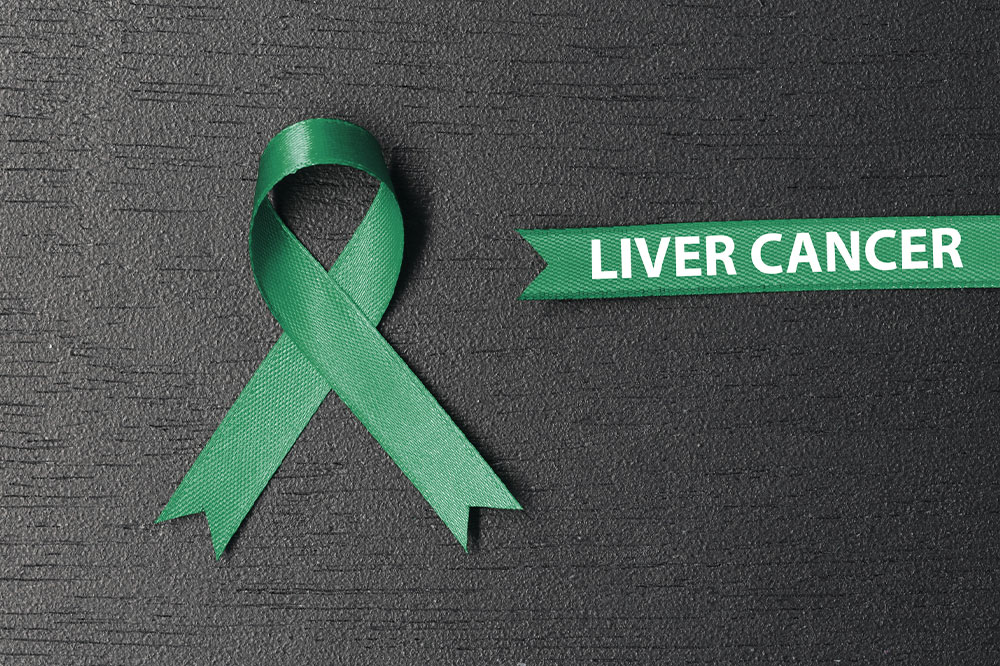In-Depth Understanding of Hepatitis C: Symptoms, Risks, and Early Detection Strategies
This comprehensive guide provides detailed insights into hepatitis C symptoms, transmission, and prevention. It highlights the importance of early detection, routine screening, and effective treatments, aiming to raise awareness and promote proactive health measures among at-risk populations. Understanding these facets is key to preventing long-term liver complications and enhancing patient outcomes.

In-Depth Understanding of Hepatitis C: Symptoms, Risks, and Early Detection Strategies
Hepatitis C is a major global health concern characterized by inflammation of the liver caused by the hepatitis C virus (HCV). While many are aware of hepatitis A and B, hepatitis C remains particularly insidious because of its often silent progression and potential to cause long-term liver complications. Understanding the symptoms, transmission routes, and early warning signs of hepatitis C is vital for prompt diagnosis and effective management. This comprehensive guide explores everything you need to know about hepatitis C, including how to recognize its symptoms, risk factors, and steps to prevent infection.
What is Hepatitis C?
Hepatitis C is a viral infection targeting the liver, which can lead to both acute and chronic liver disease. The hepatitis C virus is primarily spread through blood-to-blood contact, often unnoticed in the early stages due to the absence of symptoms. In many cases, infected individuals may not realize they are carriers until they develop serious liver damage years later. The disease's stealthy nature underscores the importance of awareness and regular screening, especially for high-risk populations.
Differences Between Acute and Chronic Hepatitis C
The initial phase of hepatitis C infection is termed the 'acute' stage, which lasts for about six weeks to six months. During this period, symptoms are often mild or nonexistent, making it easy to overlook the infection. However, in approximately 75-85% of cases, the virus progresses to a chronic state, persisting in the body for years or even decades. Chronic hepatitis C can lead to severe complications like cirrhosis, liver failure, and hepatocellular carcinoma. The asymptomatic nature of early infection makes routine testing crucial for early detection.
Symptoms of Hepatitis C: Recognizing the Warning Signs
One of the biggest challenges with hepatitis C is that many individuals remain asymptomatic during the early stages. When symptoms do appear, they tend to be nonspecific and can easily be mistaken for other illnesses. Below, we detail the common signs associated with hepatitis C, which can vary depending on the stage of infection and liver damage severity.
Common Physical Symptoms Associated with Hepatitis C
Abdominal Discomfort and Pain
The virus directly affects the liver, an organ situated in the upper right abdomen. Patients often report dull or sharp pain in this region. Digestive disturbances such as nausea, bloating, and loss of appetite can accompany these pains. Sometimes, these symptoms are mild, but persistent discomfort should prompt medical consultation.
Fever and Flu-Like Symptoms
In the early stages post-infection, many individuals experience low-grade fever, chills, and fatigue, suggesting the body’s immune response is attempting to combat the virus. These symptoms can be mistaken for common cold or flu, underscoring the importance of testing when at risk.
Persistent Fatigue and Weakness
Chronic hepatitis C often causes profound tiredness that isn’t relieved by rest. This exhaustion tends to interfere with daily activities and can worsen as liver damage progresses.
Loss of Appetite and Digestive Upset
Many patients notice a sudden decrease in appetite, leading to unintentional weight loss over time. Accompanying nausea, vomiting, and sometimes diarrhea or constipation indicate gastrointestinal disturbances linked to liver impairment.
Jaundice (Yellowing of Skin and Eyes)
As liver function declines, bilirubin builds up in tissues causing jaundice. The change in skin and sclera color, along with dark urine and pale stool, are classic signs of liver inflammation and dysfunction.
Fluid Accumulation and Swelling (Ascites)
Advanced liver disease can lead to ascites — fluid buildup in the abdomen, causing distention and discomfort. This condition is often associated with portal hypertension, a complication of cirrhosis.
Neurological Changes (Hepatic Encephalopathy)
In severe cases, toxins accumulate in the brain, resulting in confusion, memory loss, drowsiness, and slurred speech. Recognizing early neurocognitive symptoms can be life-saving, indicating urgent medical intervention.
Spider Angiomas and Skin Changes
Spider vessels—web-like blood vessels visible on the skin—may develop as the disease progresses. These are primarily cosmetic signs of liver damage but indicate underlying vascular changes.
Bleeding Tendencies and Easy Bruising
The liver produces clotting factors, so its impairment leads to increased bleeding risk. Patients may notice easy bruising, bleeding gums, or blood in stool or urine.
Muscle and Joint Pain
Some individuals experience muscle aches or joint discomfort, often as a result of systemic inflammation or immune response to the infection.
Long-Term Consequences of Untreated Hepatitis C
If left untreated, hepatitis C can cause irreversible liver damage. Over decades, ongoing inflammation can result in cirrhosis, a condition where the liver tissue becomes scarred, impairing its function. Cirrhosis increases the risk of liver failure, internal bleeding, and develops into liver cancer. The progression is often silent until significant damage occurs, emphasizing the importance of early detection and intervention.
How Is Hepatitis C Transmitted?
Understanding transmission routes helps in preventing infection. Hepatitis C primarily spreads through:
Sharing contaminated needles during drug use
Receiving blood transfusions or organ transplants prior to routine screening implementations
Unsafe sexual contact, though less common, especially in the presence of blood exposure
Sharing personal items such as razors or toothbrushes with an infected person
Receiving non-sterile tattoos or piercings
Precautionary measures like practicing safe sex, avoiding sharing injecting equipment, and ensuring sterile tattoo practices are critical for prevention.Screening and Diagnosis
Early detection of hepatitis C involves blood tests, including the hepatitis C antibody test and polymerase chain reaction (PCR) testing to detect viral RNA. Routine screening is especially recommended for high-risk groups such as intravenous drug users, healthcare workers, and individuals with a history of blood transfusions before 1992. Regular check-ups and timely testing enable early treatment, significantly improving outcomes.
Prevention and Management
Prevention strategies include avoiding contact with infected blood, practicing safe sex, and using sterile needles. There are effective antiviral medications that can cure hepatitis C in most cases, reducing the risk of long-term complications. Lifestyle modifications, such as maintaining a healthy diet, limiting alcohol intake, and managing co-infections or comorbidities, support liver health.
Conclusion
While hepatitis C can be a silent and progressive disease, awareness of its symptoms and risk factors can make a significant difference in early detection and treatment. Regular screening, avoiding risky behaviors, and prompt medical intervention are crucial to prevent severe liver damage and improve quality of life for those affected. If you suspect exposure or experience any of the symptoms described, consult a healthcare provider for testing and appropriate management. Staying informed and proactive is the best way to combat hepatitis C.





